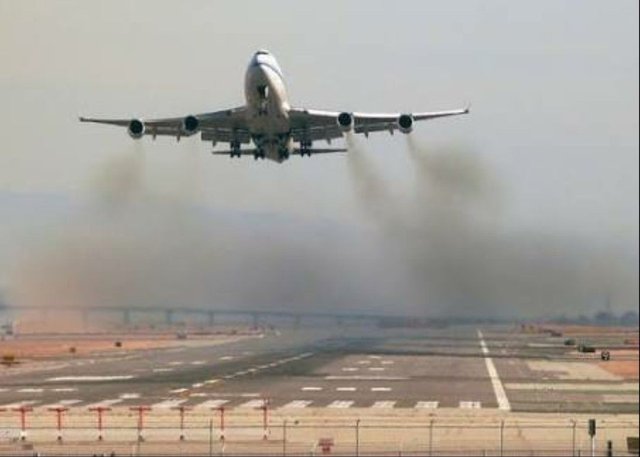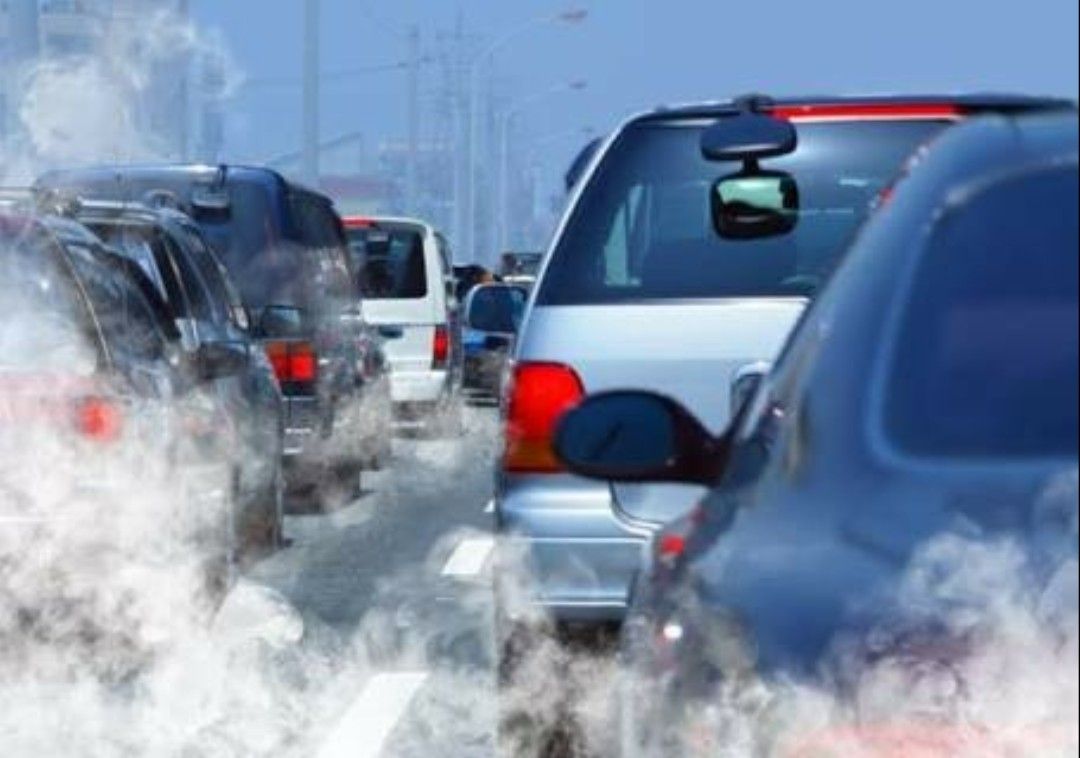AIR QUALITY INDEX
The air quality index, or AQI, measures the concentration level of six pollutants (carbon monoxide, ozone, lead, sulfur dioxide, nitrogen dioxide, and particulate matter) within various air quality control regions. Although a separate rating is available for each pollutant, ratings for every pollutant are combined into single rating for overall air quality.
These rating include the following:
• Good, 0-50: little or no health risk.
• Moderate, 51- 100: moderate health risks for those with respiratory problems.
• Unhealthy for certain groups, 101- 150: Harmful for people with respiratory problems but little risk for the most of the population.
• Unhealthy, 151- 200: moderate health risks for everyone.
• Very unhealthy, 201- 300: Serious health risks for everyone.
• Hazardous, 300 plus: emergency health risks for everyone.
Sources of air pollution:
Air pollution comes primarily from mobile sources (such as cars, engines, lawn mowers and other mobile equipment) and stationary sources (such as plants, factories, and other immobile equipment). Stationary sources also include biogenic sources. Like trees and gas seeps.



The level of air pollution within a metropolitan area is influenced greatly by traffic congestion and stationary sources. Urban planners can reduce air pollution by incorporating the following urban development characteristics, which seek to shorten driving distances and facilitate public use of alternate transportation modes:
• Neighborhoods and developments that incorporate different land uses.
• Dense neighborhoods, developments, and regions.
• Designs that facilitate walking rather than driving.
• Public transit systems located near densely populated areas.
• Activities that are centered or clustered within metropolitan areas and located near public transit systems.
Planners can also reduce air pollution by reserving certain areas for plant and forest planting.
These steps, as well as many others , are thinhs we all can do to help reduce air pollution
Conserve energy - remember to turn off lights,computers and electric appliances when not in use. Use energy efficient light bulbs and appliances . Participate in your local utility's energy conservation programs.